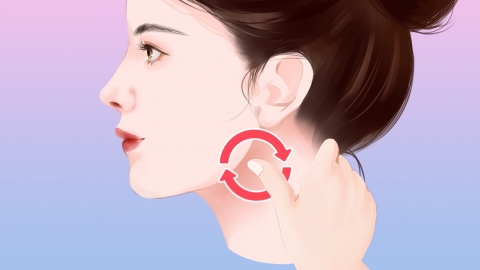What does multiple thyroid nodules mean?
Generally, multiple thyroid nodules refer to the presence of two or more nodules within the thyroid gland. This is a common type of thyroid nodule, and most cases are benign. Risk assessment should be based on a comprehensive evaluation of nodule characteristics, size, and other factors. Specific details are as follows:

Multinodular thyroid disease results from localized abnormal proliferation of thyroid tissue. The nodules are typically round or oval in shape, vary in size, and may differ in consistency—some are relatively soft, while others are firmer. They are usually detected incidentally through ultrasound examination. The development of these nodules is associated with various factors including genetics, abnormal iodine intake, thyroid inflammation, and environmental influences. The condition is more prevalent among middle-aged and elderly women. Most patients do not experience obvious symptoms and the nodules are often discovered during routine health checkups.
Not all cases of multiple thyroid nodules require specific intervention. If the nodules are small, ultrasound findings suggest a benign nature, and thyroid function is normal, regular follow-up examinations are usually sufficient to monitor changes in nodule size and morphology. However, if the nodules are large enough to compress surrounding tissues, or if ultrasound indicates a risk of malignancy, further diagnostic tests are needed to determine the nature of the nodules, followed by appropriate management planning.
In daily life, it is important to maintain a regular作息 (routine), avoid excessive fatigue, manage iodine intake appropriately, and minimize adverse stimulation to the thyroid tissue, thereby supporting overall thyroid health.





